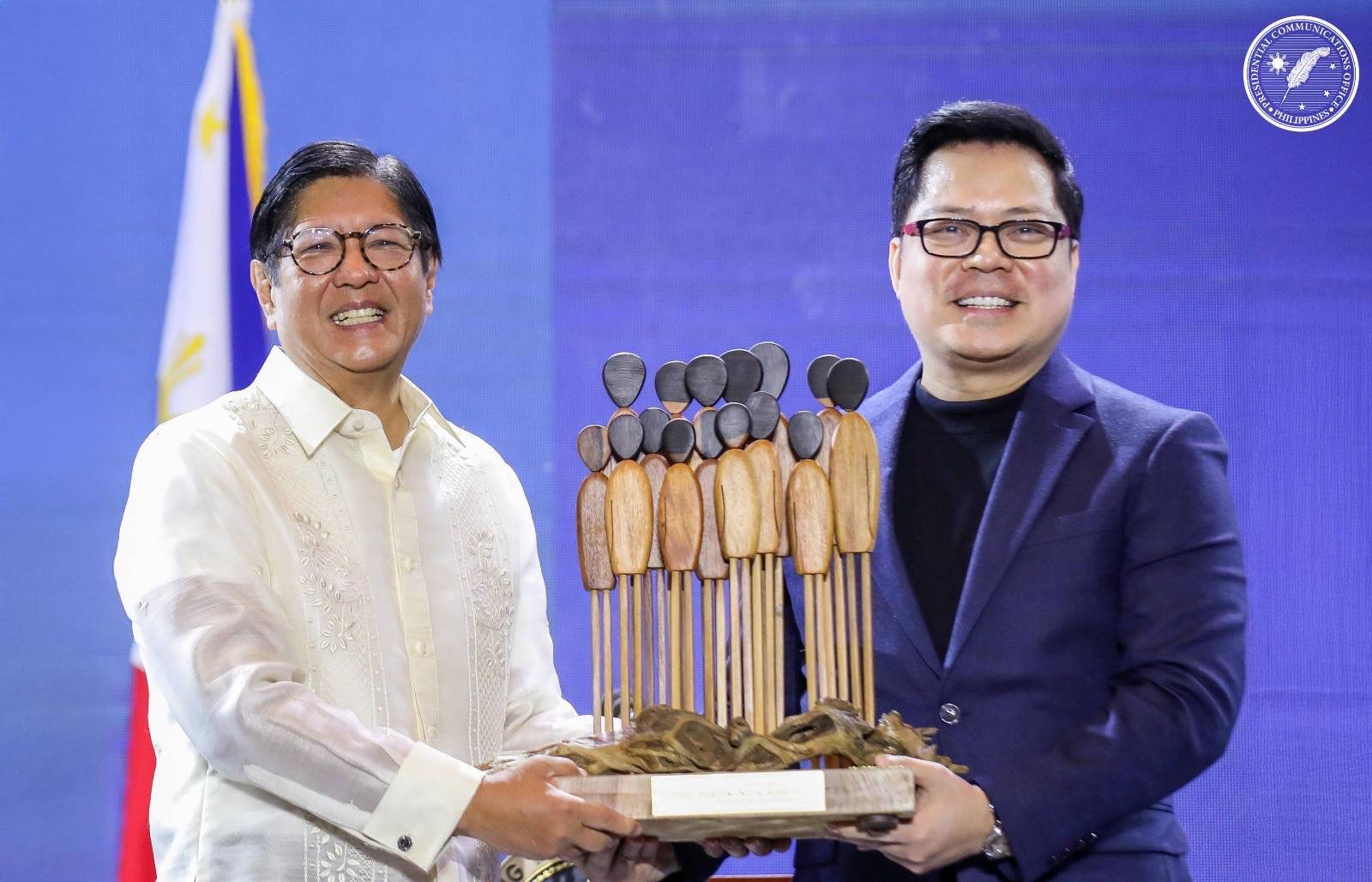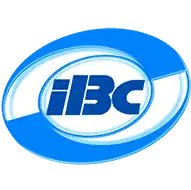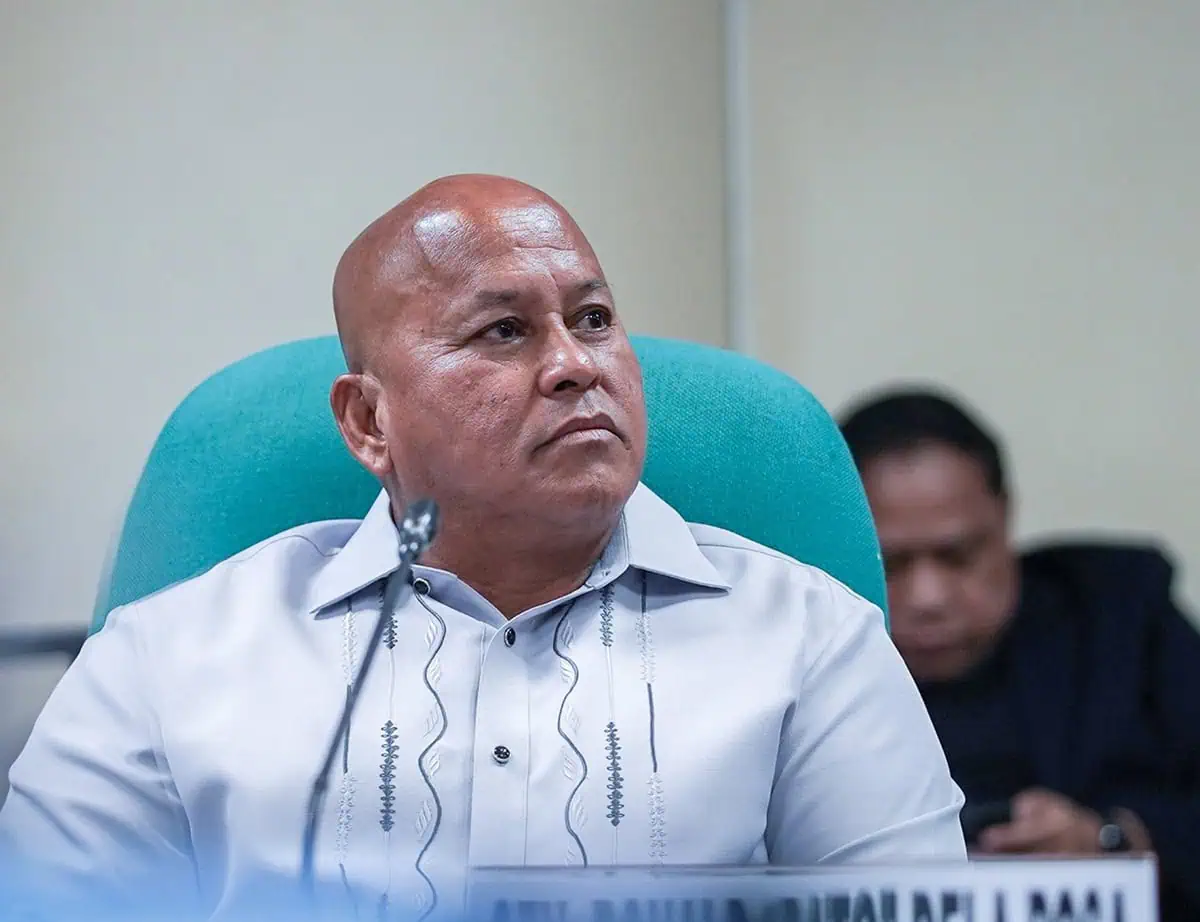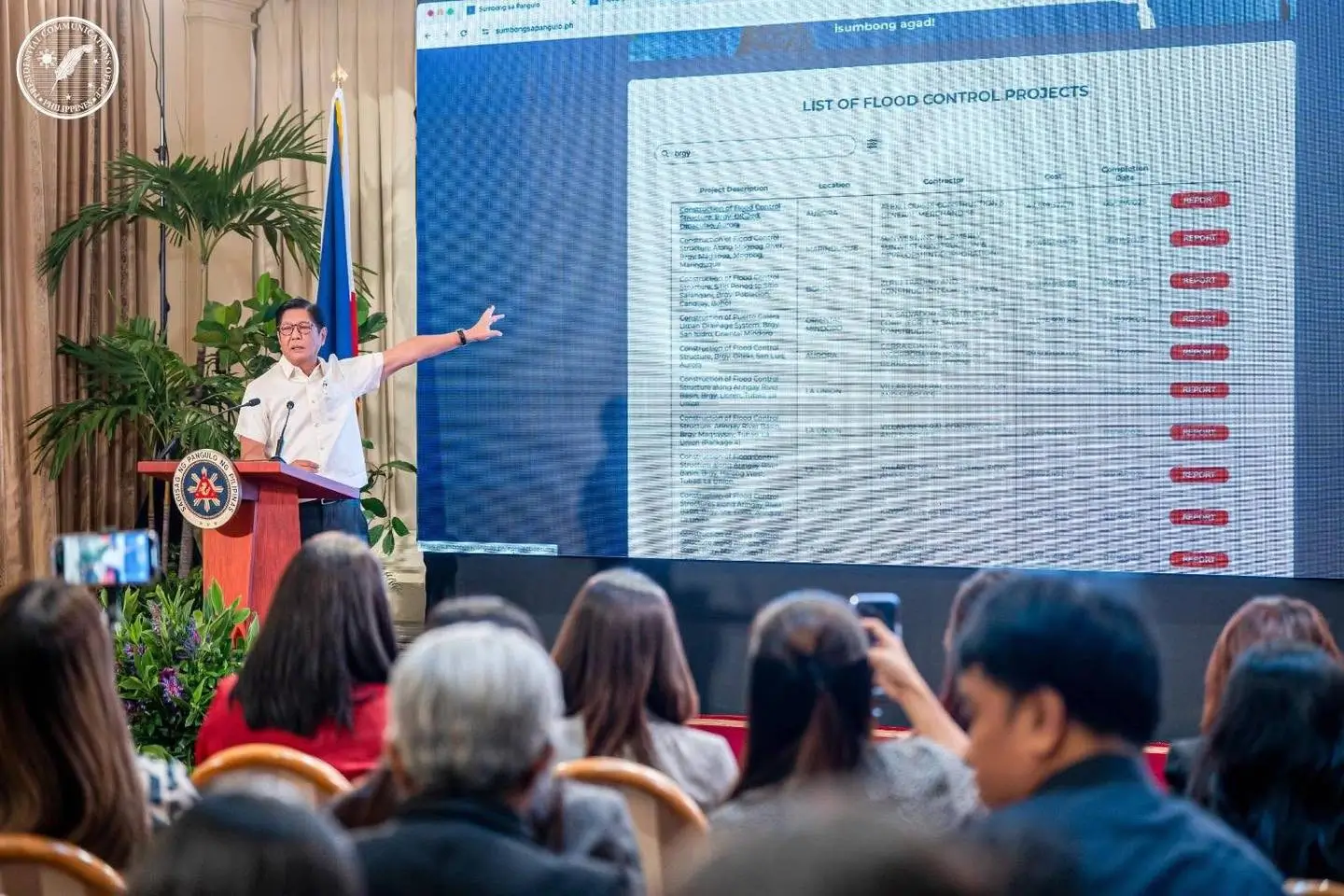
President Ferdinand R. Marcos Jr. on Tuesday vowed to accelerate the Philippines’ digital transformation, stressing that technology must be harnessed not only to modernize systems but also to bridge inequalities and improve Filipinos’ lives.
Speaking at the Manila Tech Summit 2025, Marcos highlighted the country’s progress, noting that more than half of payment transactions in 2024 were made digitally because of the advancement in financial technologies that made paying bills and sending remittances “safer and less burdensome.”
He also touted that in 2024 alone, digital economy reached PHP2.25 trillion, accounting for 8.5 percent of the country’s gross domestic product and generating around 11.3 million jobs.
“For Filipinos, digital technology means shorter queues [and] faster transactions. It means ease in paying bills, renewing licenses, and accessing government services. It also means that our farmers can register their products online, teachers can access digital tools, [and] entrepreneurs can sell to larger markets,” Marcos said in a speech delivered at Shangri-La The Fort, Manila in Taguig City.
“Now this is a good development, but there is much room for growth. We see the greater need to tap the endless possibilities of a truly digital Philippines. We are determined to seize that growth,” he added.
Marcos cited several government initiatives aimed at building a “truly digital Philippines,” including the National Fiber Backbone (NFB), which is expected to provide 17 million Filipinos with faster and more reliable internet by 2028.
He added that the full rollout of the Philippine Identification System would streamline access to financial services.
Marcos said his administration is also expanding the Free Wi-Fi for All Program in schools to give students and teachers in far-flung areas better access to digital resources.
He, however, acknowledged the risks brought by rapid technological advancements, such as online scams, fraud, and cybersecurity threats.
“Fraudulent schemes and scams are becoming increasingly sophisticated every day with the aid of artificial intelligence, with digital currencies, and syndicates that know no frontiers. Also, even as artificial intelligence offers breakthroughs, it brings threats of job displacement and the loss of privacy,” Marcos said.
“And this is why we must also strengthen our defenses, manage risks, [and] block malicious attempts before they harm our people.”
Marcos cited several government interventions such as the enactment of laws, including the Anti-Financial Account Scamming Act, the Internet Transactions Act, and the Subscriber Identity Module (SIM) Registration Act.
He also warned of the dangers of online gambling and the disruptive potential of artificial intelligence, particularly in job displacement and privacy concerns.
To address the problem, Marcos said the government is reskilling and upskilling more Filipinos, training them for jobs in artificial intelligence, cybersecurity, e-commerce, and creative industries.
“All of these efforts place technological innovation at the center of our governance. We aim to provide a government where technology is optimized to improve service delivery, efficiency, and transparency,” he said.
Marcos urged industry leaders and innovators to make the Philippines a “FinTech innovation hub and a key voice in shaping the global financial system.”
“Because the connected nation that we dream of will only come online if we all choose to build it brick by brick, gigabyte by gigabyte,” he said. “We envision a Philippines where every Filipino can reach their full potential and where new technologies open wider possibilities for all.”
The Manila Tech Summit marked its fifth year with a push to position the Philippines as a key player in the global fintech ecosystem, gathering over 1,300 delegates from more than 300 organizations.
The summit, carrying the theme “Forging a New Global Order: Risks and Opportunities Redefined, was organized by FinTech Alliance.PH, the country’s largest digital industry association, representing over 130 companies that drive more than 95 percent of digital retail transactions. (Ruth Abbey Gita-Carlos/PNA)











